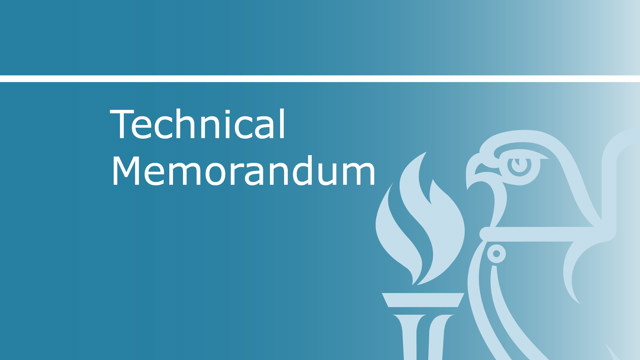
Please note this publication is free for purchasers of certain CIBSE Weather Data packages.
Climate change has become a reality and further and accelerating change is expected over the next few decades. It is likely that the UK will experience milder winters and hotter and more extreme summers. These changes will impact on building performance, particularly with regard to cooling and ventilation, with implications for the quality of the indoor environment, energy consumption and carbon emissions.
Assessment of these factors at the design stage is currently based on computer simulations made using historical weather data. Such simulations are fundamentally limited therefore in their ability to provide a true picture of future performance: it is possible that a generation of buildings are being constructed that will cope poorly with the demands that future climate will place on their envelopes, interior spaces and systems. There are also important questions regarding existing buildings - how, when and to what extent they will need to be adapted to cope with future climate change.
In recognition of the need to provide designers with information to address these important issues, the CIBSE, in collaboration with Arup, has produced a set of ‘future weather years' that enable building simulation models to be run under projected future climate conditions for the UK over the 21st century.
This publication describes the future weather years and the basis for the methodology used to generate them. The data files for the future weather years are described here and available to purchase from CIBSE, order by telephone on +44 (0)20 8772 3618 or email [email protected].
While there is currently no mandatory requirement to use these data, we hope that the future weather years will enable designers to make informed decisions regarding the impact of future climate change on their buildings.
Contents:
The CIBSE future weather years
1 Introduction
2 Adaptation to climate change
2.1 Adaptation and mitigation
2.2 The need for adaptation
2.3 Climate change scenarios
2.4 Policy and frameworks
3 Hourly weather data
3.1 The CIBSE weather years
3.2 CIBSE Test Reference Year
3.3 CIBSE Design Summer Year
3.4 Uses of hourly weather data
4 Global climate change scenarios
4.1 General circulation models
4.2 Emissions scenarios
4.3 IPCC AR4 projections
5 UK regional climate change projections
5.1 Regional scenarios: key concepts
5.2 UKCIP02
5.3 UKCP09
6 Temporal downscaling: generation of the weather years
6.1 Dynamical downscaling
6.2 Analogue scenarios
6.3 Time series adjustment (‘morphing')
6.4 Statistical models (weather generators)
6.5 Choice of downscaling method
7 Future developments
References
Appendix A1: The morphed weather years
Appendix A2: Solar radiation algorithms
Acknowledgements
Authors: Jake Hacker (Arup); Rachel Capon (Arup); Anastasia Mylona (CIBSE)
Other acknowledgements:
Michael Holmes, Polly Turton, Andrew White, Mike Rainbow, Becci Taylor, Morwenna Wilson, Jacob Knight, Andrew McDowell (all Arup)
Referees Clare Wildfire (Fulcrum Consulting); Tom Butcher, Mike Sanderson (Met Office); Professor Geoffrey Levermore (University of Manchester); Roger Street (UKCIP)